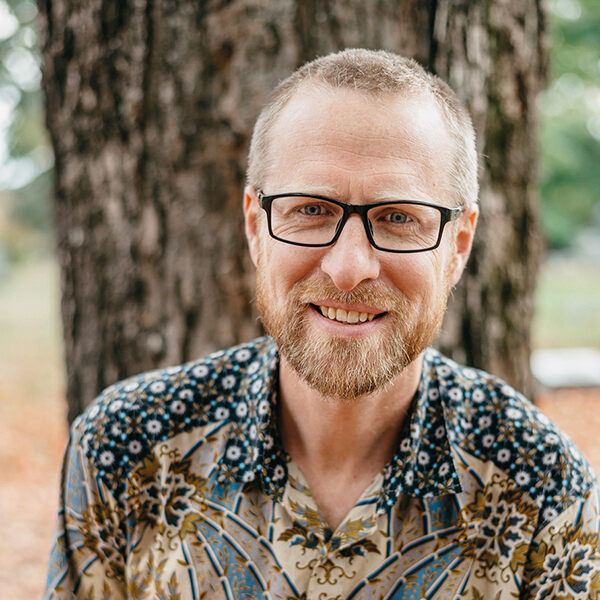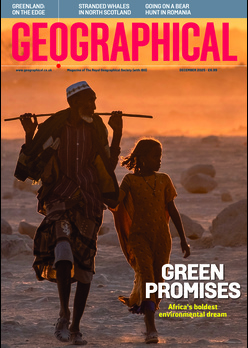
Global director of natural climate solutions for the Nature Conservancy Peter Ellis talks about rainforests and shares his top travel tips

Every tropical forest looks different, particularly to the eyes of an ecologist, and Peter Ellis has been lucky enough to visit a fair few. One in particular holds a special place in his heart: the rainforests of Gabon. He first visited as a Peace Corps volunteer, back at a time, he says, when he was still figuring life out. ‘It completely changed the way I think about conservation and our relationship with nature,’ he adds.
These days, Ellis is the global director of natural climate solutions science at US-based conservation organisation the Nature Conservancy, where he’s currently investigating the role that reduced-impact logging can play in protecting tropical forests in places such as Indonesia, Mexico and Gabon. Logging for forest conservation may sound like a contradiction, and it very often is, but Ellis says that when done well, it can help to sustain a large part of the biodiversity and carbon of a forest while ensuring that more damaging extractive industries don’t take its place. It can also provide livelihoods for the local people who live there.
Logging in a tropical forest looks very different to the practices we might expect to see in the Global North. ‘We might envision it as a wasteland of stumps after a clear cut, or a plantation area full of a single tree species,’ says Ellis. Instead, only a few trees per hectare are actually removed. A sustainably logged forest is one that, Ellis says, remains a dense, breathing, very rich, tropical rainforest full of vines and wildlife. ‘I’ve been on field campaigns, collecting data right behind tree fellers, following the tracks of jaguars, gorillas and elephants.’
However, even selective logging can have some heavy collateral damage – there’s a lot of large equipment to squeeze through the densely packed trees – and some felled trees are never even used (in Indonesia, around 40 per cent are left unharvested) as it’s only afterwards that loggers discover that they’re unsuitable. Some simple changes, such as testing the trees before felling, can make a big difference. Ellis believes that about half of the emissions from logging could be eliminated through implementing better practices, which will also improve what’s widely considered to be the most dangerous profession in the world. ‘One out of nine loggers sustain life-threatening injuries during the course of their career,’ says Ellis. ‘So we can actually save lives as well as carbon.’
Peter’s travel insights
• Rainforests are magical places that need to be respected
• View a place through the eyes of the people who live there
• Ask the right questions. And the best way to know what the right questions are is to ask the locals
Tropical forests are essential to our planet’s future as they support high levels of biodiversity and act as crucial carbon sinks – none more so than the forests of the Congo Basin (which extends into Gabon). ‘They continue to sequester carbon at rates that are hard for us to even understand how and why,’ says Ellis, who describes them as magical. ‘We need to honour, respect and steward them so that they can do their job to help save us all.’
The two years that Ellis spent in the Gabon rainforest opened his eyes to a different method of land stewardship. ‘I have my adopted father in the village, Pascal ‘Boudilou’ Moukambi, to thank for that,’ he says. ‘He took me out into the forest and taught me the names and usages and spiritual significance of all the trees and other plants in the forest.’
As travellers, we don’t always take the time to view a place through the eyes of the people who live there, but their experiences can offer important, alternative perspectives of a place. This is also true for scientists. ‘One of the things that I find most rewarding about working at the Nature Conservancy is that I get to learn from colleagues in Indonesia, Zambia, Gabon and Brazil,’ says Ellis. ‘Science is about rigorous, designed experiments, but it’s also about asking the right questions. And there is no-one better to help us learn what the right questions to ask are than the people who live in those places and work and steward the ecosystems.’




